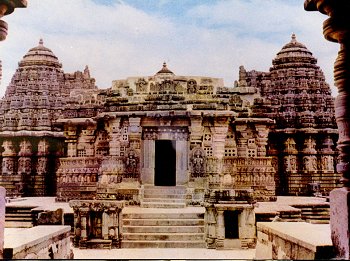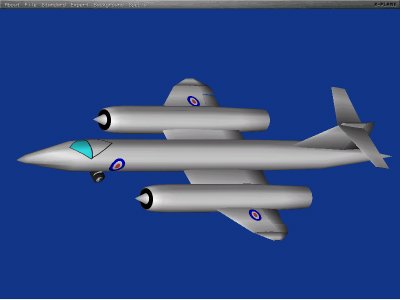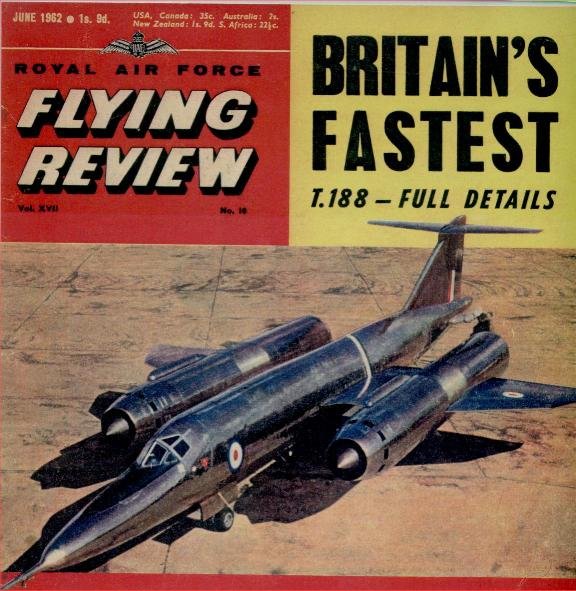

 |
 |
From The Complete Encyclopedia Of World Aircraft, General Editor David Donald
The first Bristol turbojet design to progress to flight test, and beyond, the Type 188 was developed in response to an invitation to tender to Specification ER.134, issued in February 1953. The requirement was for a research vehicle, capable of flight at twice the speed of sound, for investigation into the effects of kinetic heating on airframes. Manufactured from stainless steel, the Type 188 was to have been powered by two Rolls-Royce Avon RA.24R engines, but the de Havilland Gyron DGJ.10 was substituted. The original order was for six aircraft, later reduced to three, one of which was a structural test airframe transported to Farnborough in May 1960. The first flying prototype was rolled out on 26 April but technical snags, including engine intake design problems, delayed the maiden flight until 14 April 1962. Flown by chief test pilot Godfrey Auty, the Type 188 took off from Filton to land after 23 minutes at the Aircraft and Armament Experimental Establishment at Boscombe Down. The second prototype flew for the first time on 29 April 1963. The Bristol 188's research career was unexpectedly short as, despite extensive fuselage tankage, fuel consumption was such that endurance in the required speed range was inadequate.
Specification
Type: single-seat high-speed research aircraft
Powerplant: two 6350-kg (14,020-lb) thrust de Havilland Gyron Junior DGJ.10 turbojets
Performance: maximum speed Mach 1.88
Weights: empty 12701 kg (28,000 lb); maximum take-off 17022 kg (37,527 lb)
Dimensions: span 10.69 m (35 ft 1 in); length 21.64 m (71 ft 0 in); height 4.06 m (13 ft 4 in); wing area 36.79 m (396.0 sq ft)
VERSION 1.1 UPDATE: Arne Roos sent me an email with this link (http://www.aeronautx.net/Historix/content/hist_1005.htm) to a web page that contains more details on the Type 188, including this information: "Controls were conventional and hydraulically actuated, and included plain flaps mounted between the wing roots and the nacelles, as well as four air brakes, two on each side of the fuselage, which contained five fuel tanks. A braking parachute was housed in the aft fuselage tail cone." I have included these changes in the new version. Thanks, Arne!
Download the Bristol Type 188 version 1.1 (X-Plane version 5.62)


| Email James Z Temple | Return to Home Page |